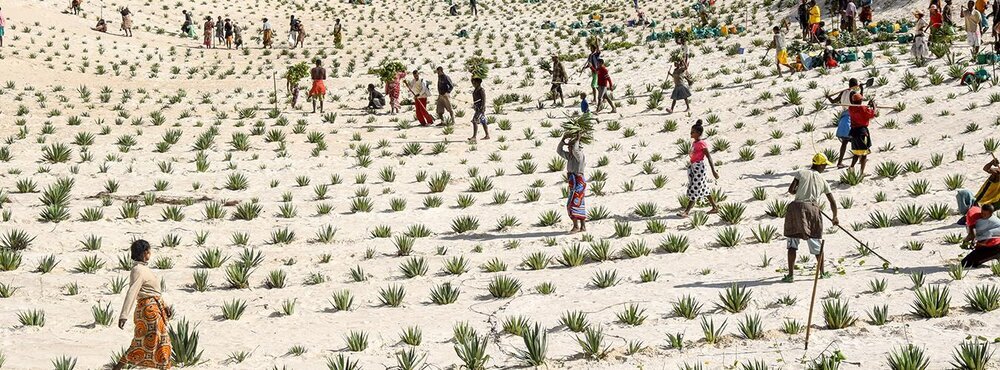When the soil asks for help

June 17 is the World Day to Combat Desertification and Drought with a focus on turning degraded land into healthy land. Restoring degraded land brings economic resilience, creates jobs, raises incomes, and increases food security.
It helps biodiversity to recover. It locks away the atmospheric carbon warming the Earth, slowing climate change. It can also lessen the impacts of climate change and underpin a green recovery from the COVID-19 pandemic.
According to the United Nations, nearly three-quarters of the Earth’s ice-free land has been altered by humans to meet an ever-growing demand for food, raw materials, highways, and homes. Avoiding, slowing, and reversing the loss of productive land and natural ecosystems now is both urgent and important for a swift recovery from the pandemic and for guaranteeing the long-term survival of people and the planet.
Current commitments from over 100 countries specify the restoration of almost 1 billion hectares of land over the next decade – an area almost the size of China.
Desertification is the degradation of land in arid, semi-arid, and dry sub-humid areas. It is caused primarily by human activities and climatic variations. Desertification does not refer to the expansion of existing deserts. It occurs because dryland ecosystems, which cover over one-third of the world's land area, are extremely vulnerable to overexploitation and inappropriate land use. Poverty, political instability, deforestation, overgrazing, and bad irrigation practices can all undermine the productivity of the land.
Desert rehabilitation in Iran
At least 50,000 hectares of the country’s desert areas will be protected and rehabilitated through implementing sustainable exploitation projects with the participation of local communities, Vahid Jafarian, an official with the Forests, Rangelands, and Watershed Management Organization said in May.
Using windbreaks, planting, care, and irrigation, reforested forest management, runoff management, protection, and seeding were among the plans implemented since the beginning of the current Iranian calendar year (March 21), he said.
Annually, about 25,000 hectares of land undergo reforestation in Iran, which is more than twice the annual deforestation. However, the reforested land may not have the same biodiversity and vegetation as the original forests.
Reforestation is the natural or intentional restocking of existing forests and woodlands (forestation) that have been depleted, usually through deforestation. Reforestation can be used to rectify or improve the quality of human life by soaking up pollution and dust from the air, rebuild natural habitats and ecosystems, mitigate global warming since forests facilitate biosequestration of atmospheric carbon dioxide, and harvest for resources, particularly timber, but also non-timber forest products.
Nonetheless, the reestablishment of forests is not just simple tree planting. Forests are made up of a community of species and they build dead organic matter into soils over time.
Last year, Reza Bayani an official with Forests, Range and Watershed Management Organization, said between 2015 and 2020, approximately 12,000 hectares of forests across the country wiped out annually.
He went on to say that the country’s forests are estimated at 14.3 million hectares, lamenting, deforestation occurs for a variety of reasons, including dam construction, road construction, fire, and wood smuggling.
Iran, like many other countries in West Asia, is primarily made up of arid deserts, while compared to nearby Saudi Arabia (95% desert), Turkmenistan (80% desert), and Iraq (40% desert), only about 23 percent of its land area is covered with desert areas.
Leave a Comment